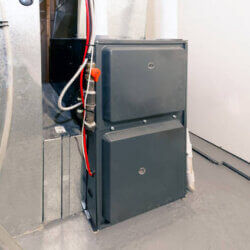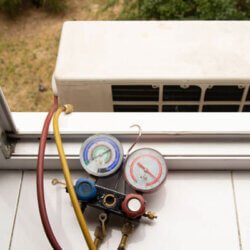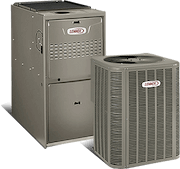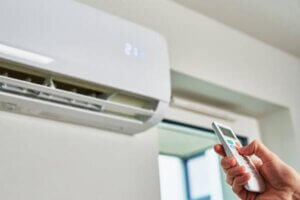
The operation of an air conditioner is based on fundamental principles like thermodynamics, heat transfer, and the properties of refrigerants. When all these come together, they create an efficient system that cools your house. So how does air conditioning work? Read on for an overview of the processes involved.
If you are looking for AC service in the greater St. Louis area, including repairs, installation, or replacement, or want to learn more about how an air conditioning system works, look no further than Galmiche & Sons. We are a St. Louis-based company working in the HVAC industry for over 70 years offering unmatched heating and cooling-related services to homeowners and commercial establishments. To learn more about our AC services or request a quote for new HVAC system installation, contact us at 314-993-1110.
How Does Air Conditioning Work?
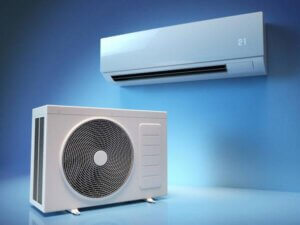
While we all know that air conditioning systems are indispensible in St. Louis in the summer time, many of us do not know how they work. If you find yourself asking, “How does my air conditioning work?”, here is a detailed explanation of the systems and processes involved:
- Heat absorption: The evaporator coil, located in the AC, plays a significant role in the cooling process. The warm air in your home is blown over this coil. The coil contains a liquid refrigerant, which absorbs the heat from the warm air. As the refrigerant absorbs heat, it turns into gas, cooling the air in the process. The cooled air is then circulated back into the room by the AC fans.
- Moving the heat outside: After absorbing the heat, now the refrigerant is in a gaseous state. The gas moves to the compressor in the outdoor unit. The compressor squeezes the gas, making it very hot, high-pressure gas.
- Condensation: This hot, high-pressure gas moves to the condenser coil, which has an outdoor fan. The fan releases the heat from the gas into the outdoor air. As it is released, the heat cools down and turns into a liquid state.
- Restarting cycle: This liquid state again goes back to the evaporator coil. Here, it enters an expansion valve. The expansion valve cools the liquid. After the expansion valve, this liquid enters the part of the AC where the liquid meets the warm air from your room. As both meet, the liquid soaks up all the heat from the air and then the cool air circulates back into the room.
- The process repeats: This process repeats over again and again to keep your room nice and cold throughout the day.
- Thermostat: The thermostat plays an important role by telling the AC when to start or stop. When the room gets warm, the thermostat tracks the temperature and, based on the temperature, automatically turns on the AC to cool the room. After reaching the desired temperature, the thermostat switches off the AC.
In conclusion, the air conditioner follows a set of steps from heat absorption, compression, and heat release, to expansion. By leveraging these steps, the AC cools the room, creating a comfortable environment even in the hottest weather.
Contact Us Today for AC Service in St. Louis
If you are looking for AC services like repair, installation, or maintenance in the St. Louis area, we can help. At Galmiche & Sons, we have been providing air conditioning services for over 70 years in the St. Louis area. We can handle any cooling needs, from installing to servicing air conditioners. To learn more about our services, contact our heating and air conditioning experts today.



